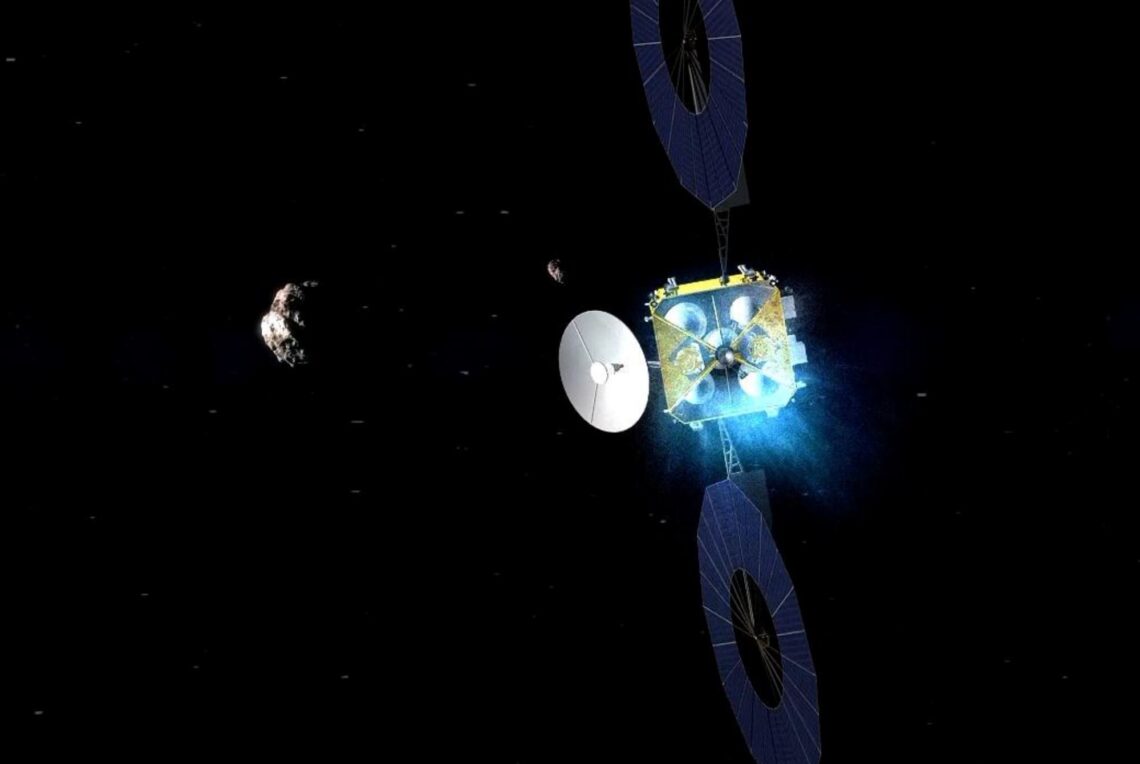HELSINKI — China should intensify its asteroid research and focus on sample return mission plans, according to scientists.
China’s future asteroid exploration should focus on “low-cost, high-frequency sample return missions, and emphasize strengthening coordination between missions,” according to a paper published recently in the Chinese Journal of Space Sciences. Establishing scientific design teams can also help better serve China’s future asteroid explorations.
Asteroid studies and exploration can bring new understanding to the solar system’s early stages and potentially the origins of life. This can also open the door for future space resource assessment and utilization and developing asteroid defense strategies.
China is scheduled to launch its first asteroid sample return mission in 2025. The Tianwen-2 mission will target near-Earth object (NEO) 469219 Kamoʻoalewa, collecting samples and returning to Earth around 2.5 years after launch. The mission will notably harness both a touch-and-go technique used by both NASA’s OSIRIS-REx and JAXA’s Hayabusa2, and an anchor-and-attach system featuring drills at the tips of landing legs.
Its first planetary defense mission—a combined asteroid deflection and observation test visiting 2019 VL5, another NEO—will also launch next year.
However, the paper asserts that China’s progress on asteroid research is still in its nascent stages, particularly when compared with its lunar exploration achievements and ambitions. The country is set to launch a first-ever lunar far side sample return mission in May, with plans for lunar south pole missions and an international moon base over the next decade.
A strategic focus on asteroids could contribute to overall understanding of the cosmos but also lay the groundwork for future space resource utilization and planetary defense.
The authors, from institutes including the Institute of Geology and Geophysics and School of Earth…
Read the full article here

